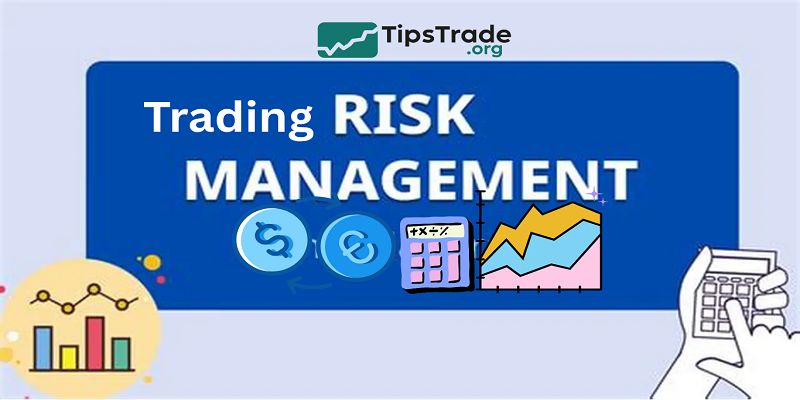Trading risk management refers to the strategies and rules that protect trading capital against unexpected losses. Without a structured approach, even the best strategy can collapse after a series of losing trades. Research by the CFA Institute highlights that traders who follow strict risk rules tend to survive longer and achieve more consistent results. In this article, we’ll break down the fundamentals of risk management in trading, including position sizing, stop-loss strategies, drawdown control, and practical tools you can apply today. We’ll also explore common mistakes, psychological traps, and FAQs based on real trader experiences. Whether you are a beginner or an experienced trader, mastering risk management can be the difference between short-term luck and long-term survival.
What Is Trading Risk and Its Types
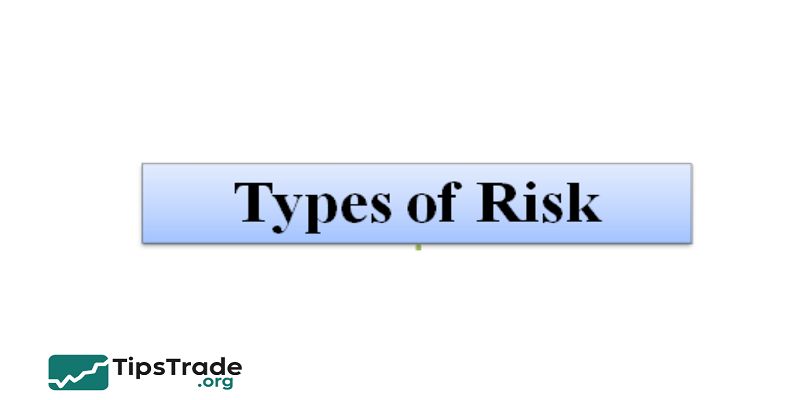
Trading risk is the possibility of losing money due to adverse market movements or poor decision-making. Risks come in different forms:
- Market risk: sudden price volatility due to economic data or news.
- Liquidity risk: inability to enter or exit positions quickly, common in low-volume markets.
- Systemic risk: broader financial crises affecting multiple asset classes.
For example, during the 2020 COVID crash, even diversified portfolios faced systemic drawdowns. Traders who lacked risk controls often blew up accounts in days.
The Cost of Ignoring Risk Management
- Ignoring risk management is like driving without brakes.
- A trader might double their account in a lucky week but lose it all in a single bad trade.
- Studies show that over 70% of retail forex traders lose money primarily due to overleveraging and lack of stop-loss usage.
How It Differs by Trading Style
- Day traders must react to intraday volatility, while swing traders manage overnight risk.
- Position traders may face long-term exposure to geopolitical or macro events.
- Regardless of style, risk management adapts to timeframe but remains the cornerstone of sustainable trading.
Core Risk Management Techniques
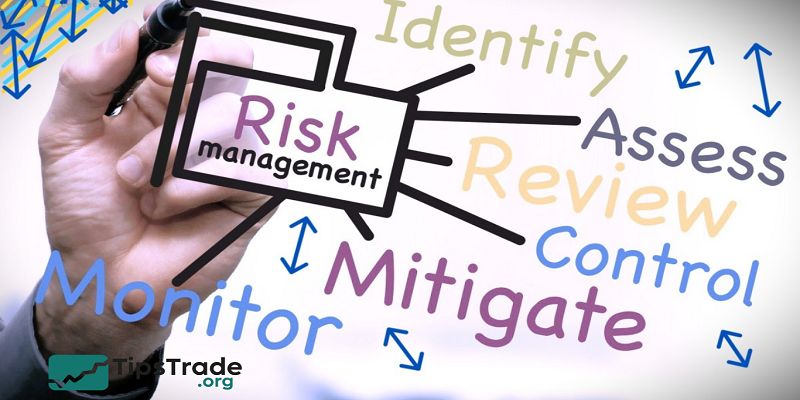
Position Sizing & the 1%/2% Rule
- One of the golden rules is to risk only 1–2% of account equity per trade. This prevents a series of losses from wiping out the account.
- For instance, with $10,000 equity, risking 1% means a maximum $100 loss per trade.
- This simple formula has kept professional traders alive during losing streaks.
Stop-Loss & Take-Profit Strategies
- Stop-loss orders define the maximum acceptable loss per trade. A trailing stop can protect profits as the trade moves in your favor.
- For example, if EUR/USD moves +50 pips, adjusting the stop to break even locks in safety. Conversely, take-profit levels help avoid greed-driven reversals.
Risk/Reward Ratio & Expectancy
- A healthy risk/reward ratio (e.g., risking $1 to gain $2 or more) ensures that even a 40% win rate can remain profitable.
- Expectancy calculations—average win size versus average loss size—help traders assess long-term edge.
Diversification & Hedging
- Spreading risk across instruments reduces exposure. For example, a trader might balance EUR/USD longs with USD/JPY shorts.
- Advanced traders use options to hedge directional risk, protecting portfolios against black swan events.
Building a Risk Management Plan
- Building a solid risk management plan is essential for successful trading, and it starts with understanding individual risk tolerance. Risk tolerance is the degree to which a trader can accept financial losses and emotional stress.
- Conservative traders may allow a small annual drawdown (around 10%), while more aggressive traders may accept up to 30%. This tolerance governs key decisions such as position size, leverage level, and trading style, helping to protect capital from severe loss.
- Before executing any trade, a pre-trade checklist is invaluable to ensure discipline and consistent application of risk rules.
- Traders should confirm that a stop-loss level is predetermined, the trade size complies with the risk limits of the account, the setup aligns with the overall strategy, and the risk/reward ratio is favorable. Writing down a checklist reduces impulsive trades that often lead to losses.
- Markets are constantly changing, and risk management must adapt dynamically.
- For instance, during highly volatile events like central bank meetings or major economic announcements, reducing position size by up to 50% can help limit drawdowns.
- This dynamic adjustment allows traders to respond to increased risk without abandoning their plans entirely.
- Monitoring and review are important ongoing parts of risk management.
- Keeping a detailed trading journal with entry and exit points, stop-loss placements, trade rationale, and emotional states provides crucial data to identify patterns and mistakes.
- Weekly or monthly reviews allow traders to refine their risk rules and strategies. As traders gain experience and market conditions evolve, so should their risk management plans, ensuring continued protection and growth.
In summary:
-
Assess personal risk tolerance to set realistic drawdown and loss limits.
-
Use a pre-trade checklist to confirm all risk parameters and trade alignment.
-
Adjust risk dynamically based on market conditions and volatility.
-
Maintain a comprehensive trading journal to track performance and emotions.
-
Regularly review results to improve risk management and trading discipline.
This structured approach transforms risk management from theory into practical, disciplined measures that protect capital while enabling sustainable trading success.
Tools & Strategies for Advanced Risk Control
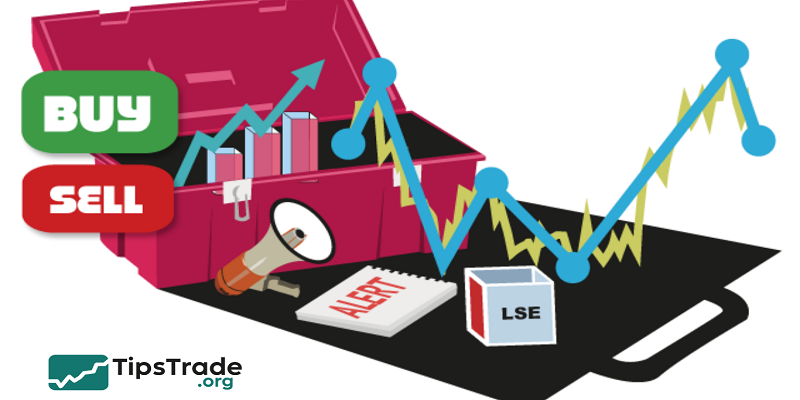
Volatility-Based Position Sizing
- Using indicators like ATR (Average True Range), traders can size positions based on volatility.
- For example, if ATR expands, position size shrinks to keep dollar risk constant.
Beta & Correlation Analysis
- Portfolio traders analyze asset correlation. Holding EUR/USD long and GBP/USD long exposes you to similar risks.
- Monitoring correlation prevents doubling risk unintentionally.
Options & Hedging
- Professional traders often hedge futures positions with options.
- A protective put, for instance, can limit downside while maintaining upside exposure.
Automated Risk Controls
- Some use algorithmic rules that automatically cut off trading after a 5% daily drawdown. This automation prevents emotional revenge trading.
- By combining technical tools with strict discipline, advanced traders reduce the probability of catastrophic losses while maximizing capital longevity.
Real-World Examples & Case Studies
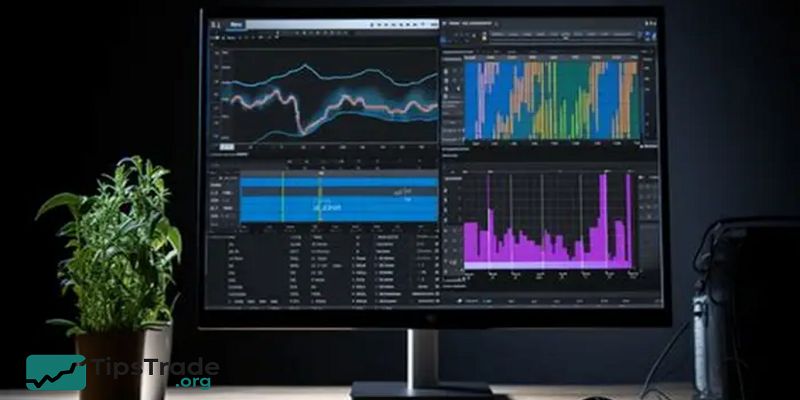
Conversely, traders who followed disciplined risk management rules, such as the 1% risk per trade rule and hard stop-loss placements, survived the event with relatively minor drawdowns.
One trader documented on ForexFactory that his account drawdown was only around 3%, compared to many peers who lost 100% or more of their capital.
This illustrates how structured risk systems protect capital even during extreme market shocks.
On a statistical level, research by BarclayHedge shows professional hedge funds maintain strict maximum drawdown limits, rarely exceeding 10%, while retail traders frequently experience drawdowns above 40%.
This supports the notion that disciplined risk management separates professional, sustainable traders from amateurs prone to large losses.
In summary, the Swiss Franc shock case study teaches that:
-
Sudden market events can cause rapid, large losses, especially for overleveraged positions without stop-loss protection.
-
Implementing risk controls such as limiting risk to 1% of capital per trade and using hard stop-losses can dramatically limit drawdown during crises.
-
Maintaining strict drawdown limits is a hallmark of professional risk management.
-
Real-time monitoring and adherence to risk plans are key to surviving and thriving in unpredictable markets
Common Mistakes & Psychological Pitfalls

Overleveraging in trading means using excessive borrowed capital to control large positions relative to account size, often with leverage ratios of 20x to 50x or more.
While high leverage can amplify gains and make profits appear spectacular, it also dramatically increases risk — even a small adverse price move can wipe out months of accumulated gains or the entire trading account.
Many new traders fall into this trap by risking too much on individual trades, ignoring proper position sizing and risk rules.
Another common risk is ignoring or moving stop-loss orders. Beginners sometimes move stop-losses further away hoping the market will “come back,” but this emotional decision often results in even larger losses when the market continues moving against them. Proper stop-loss discipline is critical to limit downside risk.
Revenge trading is another psychological trap where, after a losing trade, traders impulsively double their position size trying to recover losses quickly.
This behavior usually compounds losses instead of helping recovery and often leads to blowing out the account.
Cognitive biases also severely impact trading psychology:
-
Loss aversion leads traders to cut winning trades too early while holding losers too long, undermining profitability.
-
Confirmation bias makes traders ignore or rationalize away information contradicting their existing views, causing flawed decision-making.
Effective trading psychology management is as important as technical setups. Awareness of these emotional pitfalls, combined with strict risk management rules like limiting per-trade risk (commonly 1-2%), disciplined stop-loss use, and avoiding impulsive revenge trades, is vital for long-term trading success.
In summary:
-
Overleveraging magnifies losses and can cause rapid account wipeouts.
-
Moving or ignoring stop-loss orders usually results in deeper losses.
-
Revenge trading compounds losses instead of recovery.
-
Cognitive biases sabotage objective decision-making.
-
Managing psychology with discipline is key to sustainable trading.
Conclusion
Trading risk management is the foundation of long-term success. Without it, even the best strategy collapses under pressure. By applying position sizing, stop-loss discipline, risk/reward ratios, diversification, and psychological control, traders can survive market volatility and thrive. Real-world examples prove that traders who respect risk endure while those who ignore it eventually blow up. The article above from Tipstrade.org has just provided you . We hope that you find it useful. Wishing you successful trading!

